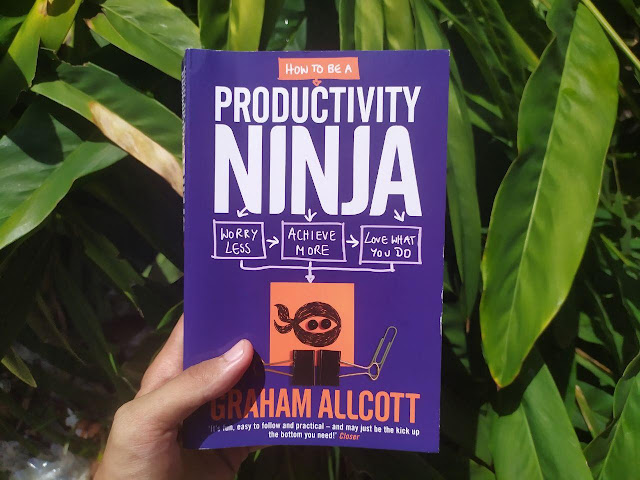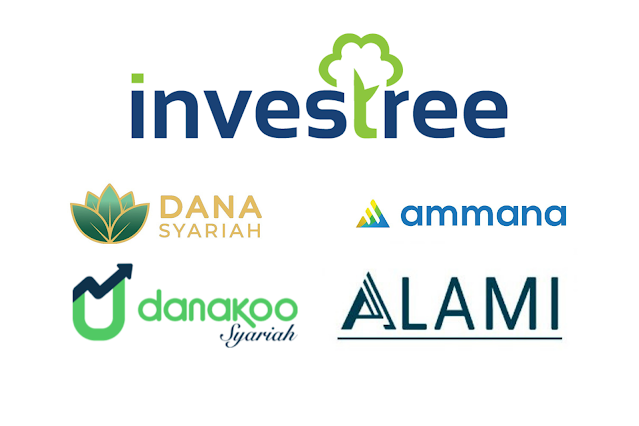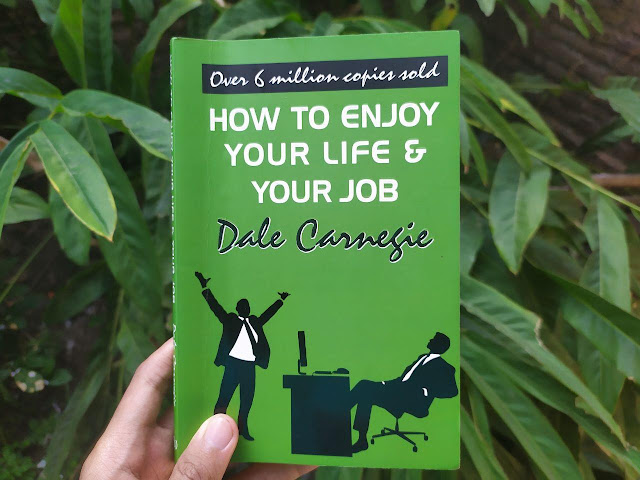My Reading Notes : How To Be A Productivity Ninja
I have read some kind of books about productivity. Many
books often explain productivity as time
management, goal achievement, building habits, and so on. But, this time I got
new insights from Graham Allcott’s book which offers a radical tips of
productivity. Let’s dive in what is inside.
Graham said time management is dead. It’s often taught
that good time management is the key to productivity, success, and happiness.
There are thousands of books on time management said that we have to prioritize
the right things, start the day with a list and do from most important. It
sound so easy and perfect, doesn’t it?
But as time goes flies, the game changed. We now live in
age where connection and information overload. We are bombarded with a lot of
information from many different sources such as our smartphone, tv, and so on.
In the old time management books, dealing with a new input is simple enough.
However this time, it can be distracting to us. Eventually, we will never get
things done because of real works buried with unrelated emails, messages,
social media, notifications, and more over.
The way of productivity ninja offers how we ‘think’
about our work, not how we ‘do’ about
our work. It has a huge different. When we think about our work, so it’s about
decision making. The art of decision making is our ability to make space for
the ‘quality thinking time’ and how we react. Instead of time management,
Graham defines attention management as foundation of decision making on how we
react on our work.
Attention management comes in to reduce the battle
against stress and overloaded information. Our attention is more limited that
our time. Sometimes, we got to the end of the day when we have still got a lot
things to do. Meanwhile, we often tell to ourselves that we ran out of time,
but the reality we ran of attention to give.
Attention is finite. In an average day, we have
different levels of attention such as proactive attention, active attention,
and inactive attention. Proactive attention is where we are fully focused,
alert, and ready to make the most important decision or to tack most complex
task. Then active attention is where we are plugged in but perhaps flagging slightly.
In this state, we are easily distracted, brilliant, but often sloppy. The last
inactive attention is where the lights are on but no one appears to be home.
There are not much brain power left and we are likely to struggle with
difficult tasks.
So what we have to do? Proactive attention is less than
what we expect. It’s just about 2-3 hours a day, Monday to Thursday at 9-11am,
and just one and a half to two hours in Friday. As we know, our proactive
attention is a scarce and valuable commodity in our quest to be productivity
and to reduce stress and overloaded information. There are four things required
to do in order to optimize our work with our limited proactive attention.
1. Schedule our work according to the attention level
that we are operating on
2. Protect our attention as much as we can from the distractions
and interruptions
3. Do whatever we can to increase attention flow, moving
up to make periods of inactive attention become active ones
4. Magic up by creating additional pockets of attention
such as preparing reading materials while waiting or maybe thinking while
travelling
Attention management is just of one productivity ninja
from this book. But I would like to say that is the important part because when
we can manage our attention. Everything will be done without worrying about
stress and overloaded information.
Just want to add a quote from Nietzshe “The worst enemy
you can meet will always yourself”. Then controlling our attention is about
controlling ourselves.
By Miftahul Arifin




Comments
Post a Comment